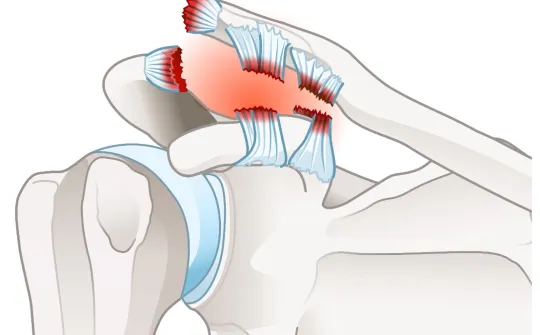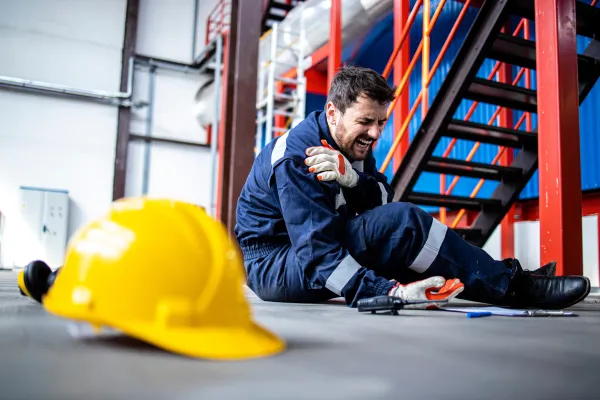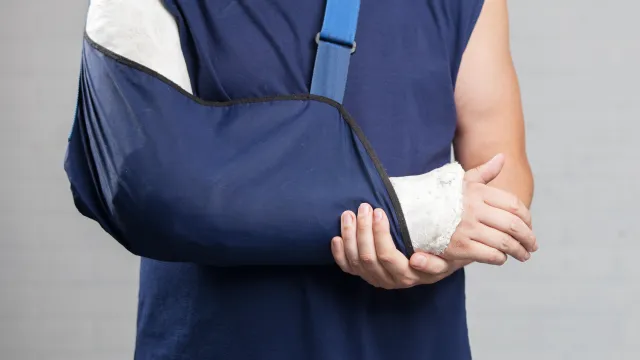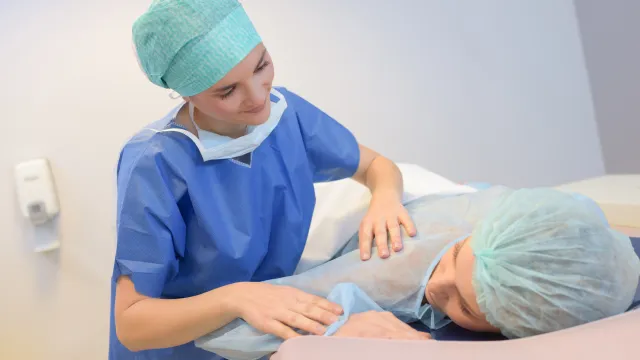
Separated Shoulder
A Separated Shoulder Does Not Have to Keep you From Daily Activities
Acromioclavicular (AC) joint injuries are more commonly known as a separated shoulder. The AC joint is where the shoulder blade meets the collarbone. It functions as a pivot point allowing you to raise your arm above your head. Patients active in sports such as football, soccer, snowboarding, skateboarding, and other physically demanding activities are typically at the highest risk of this injury. If you have lost full range of motion, or have been experiencing pain as a result of a separated shoulder, our doctors in Austin, TX, can diagnose and treat your pain. To set up your consultation, please contact us today.
If an Injured shoulder is keeping you out of the big game, or away from work, we can provide the proper treatment needed to help you restore your full range of motion.

Cause of AC Injuries
There are many causes of AC injuries, but they most typically occur when patients fall directly onto the top of their shoulder, or onto an outstretched arm. The fall can cause ligaments attached to the underside of the clavicle to tear and separate from the collarbone and wingbone. Depending on the severity of the injury, pain levels can range from mild to severe.

Types of Injuries
There are six types of AC injuries, ranging from minor separations and pulls to full dislocations and ligament ruptures. To measure severity, the injury is graded using the Rockwood scale. This scale ranges from Grade I through Grade VI, increasing in severity with each increment. Typically, most AC injuries are between Grade I and Grade III.
Injuries with Grades IV to VI are commonly associated with extreme an incident such as a motor vehicle accident.

Grade I
Grade II
Grade III
Treatment
During your initial evaluation, we will gently examine your shoulder to assess the bones and tissues around the injured area. We will look for a small bump or tenderness that may suggest a separation of the joint. If we are unable to determine whether a separation has occurred, we may use x-rays to make a proper diagnosis.

Non-surgical
Depending on the severity of the injury, most patients with Grade I through Grade III injuries can be treated without surgical intervention. If your injury is minor, treatments may include icing, a protective sling, and pain and anti-inflammatory medications. You may also participate in a rehabilitation program to strengthen the shoulder and restore range of motion. The majority of patients will be pain-free and experience full range of motion within two to three months.

Surgical
If you have not achieved full range of motion, and continue to experience pain after three months of non-operative treatments, you may be required to undergo a surgical procedure. Surgery can help stabilize the separated AC joint, and lessen the visible deformity of your shoulder. A surgical procedure can also be performed to correct persistent AC joint injuries from years prior.